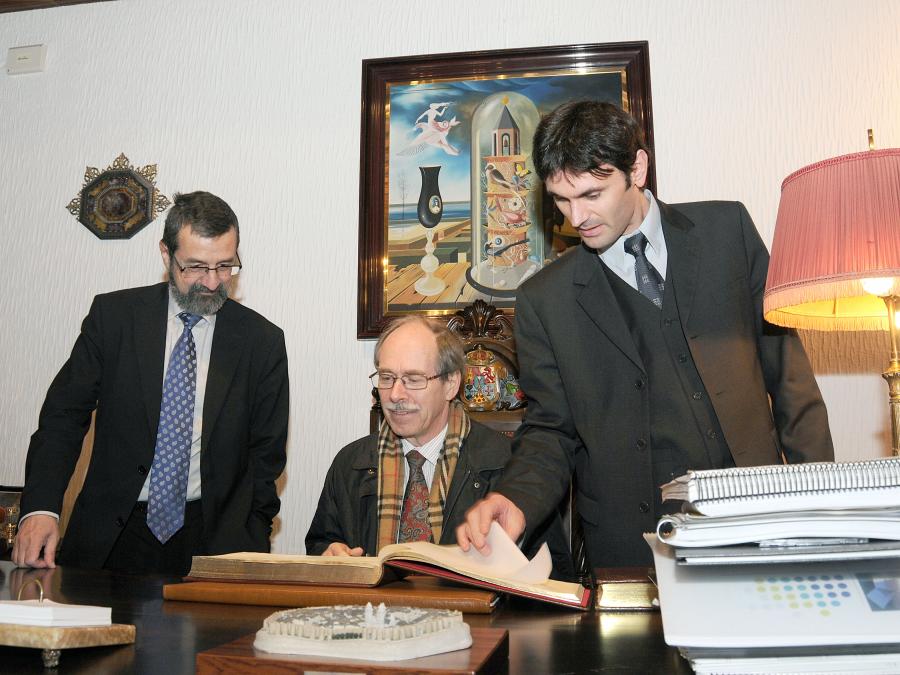
Nobel Prize "for sheding light on the quantum structure of electroweak interactions in physics".
This man, who as a small boy told his teacher that he wanted to be "someone who knows everything", is considered without a doubt to be one of the most brilliant theoretical physicists of the last few decades. He comes from a family of scholars, which includes a grand-uncle who won Nobel Prizes in physics.
He received the Nobel Prize in 1999 for sheding light on the quantum structure of the electroweak interactions. This so called weak interaction is one of the four fundamental forces of nature and is responsible for many radioactive processes, for example in the process of fusion in the sun. The last piece of the puzzle of the electroweak theory, known as the Higgs boson may soon be discovered at the Large Hadron Collider, in CERN.
The enormous contribution of 't Hooft was to create a formalism which allowed one to understand with great accuracy and precision the processes which take part in this interaction.
But in no way is this the only contribution which 't Hooft has made to physics. His work has also allowed, for example, the treatment of problems related to the strong force, such as the confinement of quarks, which are the particle constituents of protons and neutrons, and thus, are some of the basic building blocks of which matter is made. 't Hooft has investigated almost all of the greatest puzzles formulated in the field of elementary particle physics, contributing to and solving many of them, and he continues to work actively on possible answers to some of the questions which so far remain without solution.








